10 Creatures That Thrive in the World’s Harshest Places
Nature, in its infinite wisdom, has equipped countless species with the remarkable ability to adapt, survive, and even thrive in the most unforgiving environments on Earth. From the icy tundras of the Arctic to the scorching deserts of Africa, the resilience of certain creatures is not only a testament to the power of evolution but also a source of inspiration for humanity. These creatures, often unseen and unheard, navigate the extremities of their habitats with a grace and ingenuity that defy human understanding. Their stories of survival offer profound insights into the adaptability and tenacity inherent in the natural world. This article delves into the lives of 10 extraordinary creatures, each a master of its harsh domain, showcasing the incredible strategies they employ to conquer their environments. As we embark on this journey, we will explore the unique adaptations and behaviors that allow these animals to not only exist but flourish against all odds, highlighting the intricate balance and beauty of ecosystems often perceived as inhospitable.
1. The Arctic Fox - Master of the Frozen North
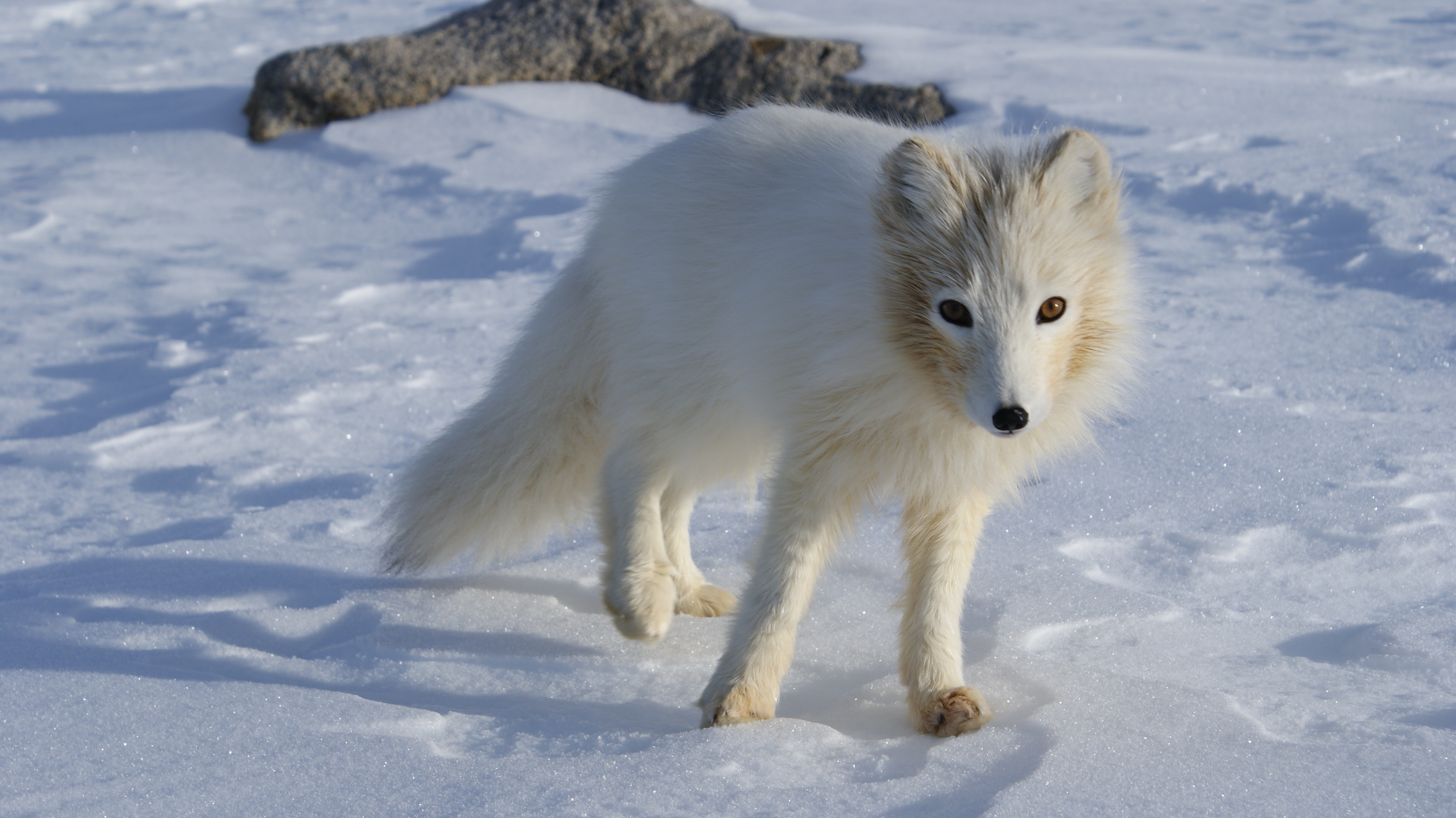
The Arctic Fox, a small yet formidable inhabitant of the polar regions, exemplifies nature's ingenuity in adapting to extreme cold. With temperatures plummeting below -50 degrees Celsius, survival in the Arctic demands exceptional physiological and behavioral adaptations. The Arctic Fox's dense, multi-layered fur provides unparalleled insulation, while its compact body shape minimizes heat loss. This creature's fur changes color with the seasons, offering camouflage against predators and prey alike. During the harsh winter months, the Arctic Fox relies on its acute hearing to detect prey beneath the snow, showcasing its remarkable hunting prowess. Its ability to store fat during the summer months ensures it has the energy reserves needed to endure the long winter. The Arctic Fox's resilience is further demonstrated by its opportunistic feeding habits, which include scavenging on the leftovers of larger predators. Through these adaptations, the Arctic Fox survives and thrives in one of the planet's most extreme environments.
2. The Camel - Desert's Ship and Survivor
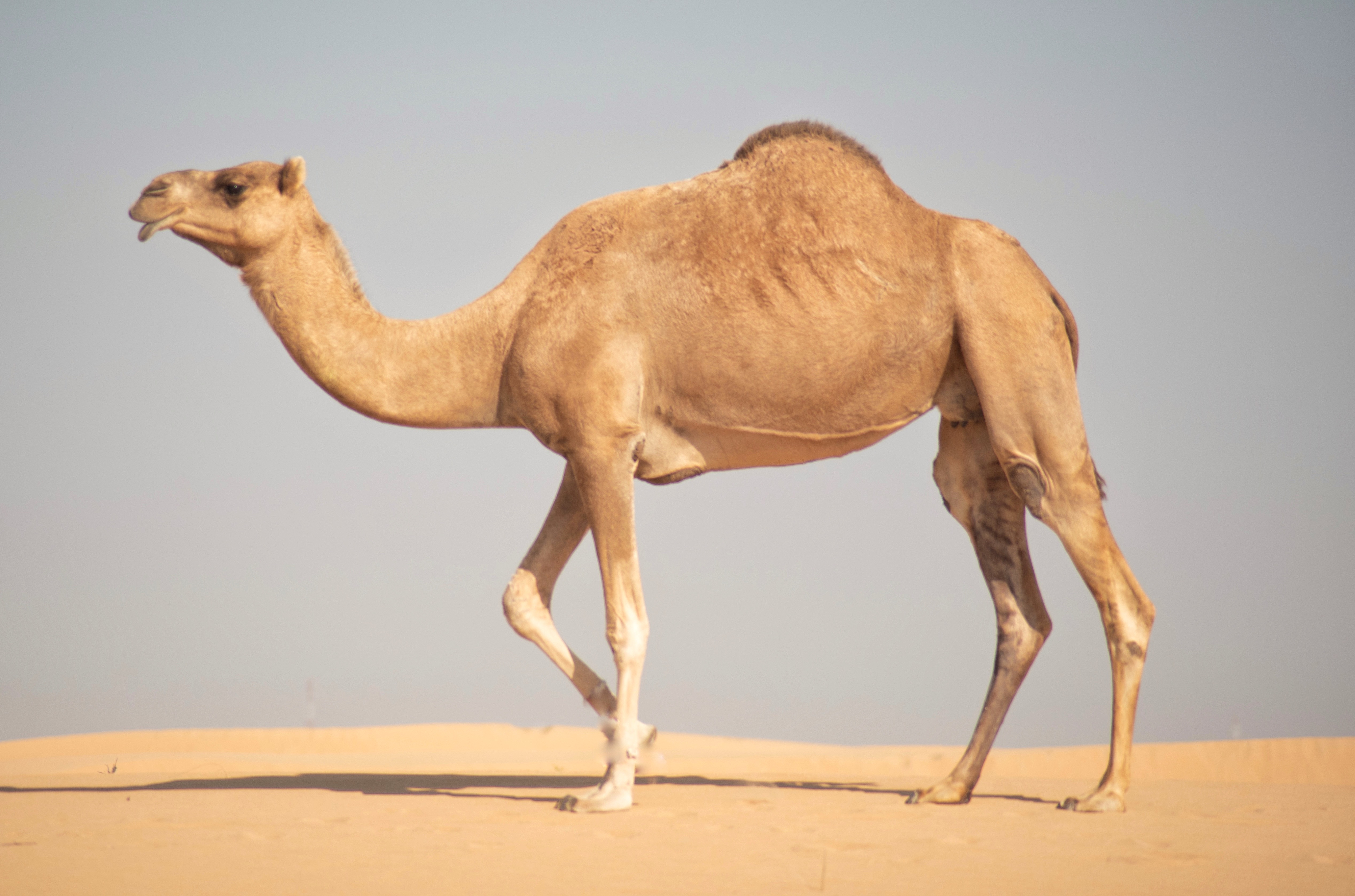
In stark contrast to the icy domains of the Arctic Fox, the camel stands as a symbol of endurance in the world's harshest deserts. Known as the "ship of the desert," the camel's adaptations are a marvel of evolutionary engineering. Its humps, often misconceived as water storage, are actually reservoirs of fatty tissue, which the camel metabolizes into water and energy when resources are scarce. This unique adaptation allows camels to go for weeks without water, making them unparalleled survivors in arid landscapes. Their long legs and specialized feet enable them to traverse hot sands with ease, while their thick eyelashes and closable nostrils protect against sandstorms. Camels have also developed a highly efficient cooling system, allowing them to withstand extreme temperatures that would prove fatal to other species. These adaptations not only ensure their survival but also their ability to support human life in desert regions, highlighting the camel's integral role in the ecosystem.
3. The Emperor Penguin - Resilience on Ice
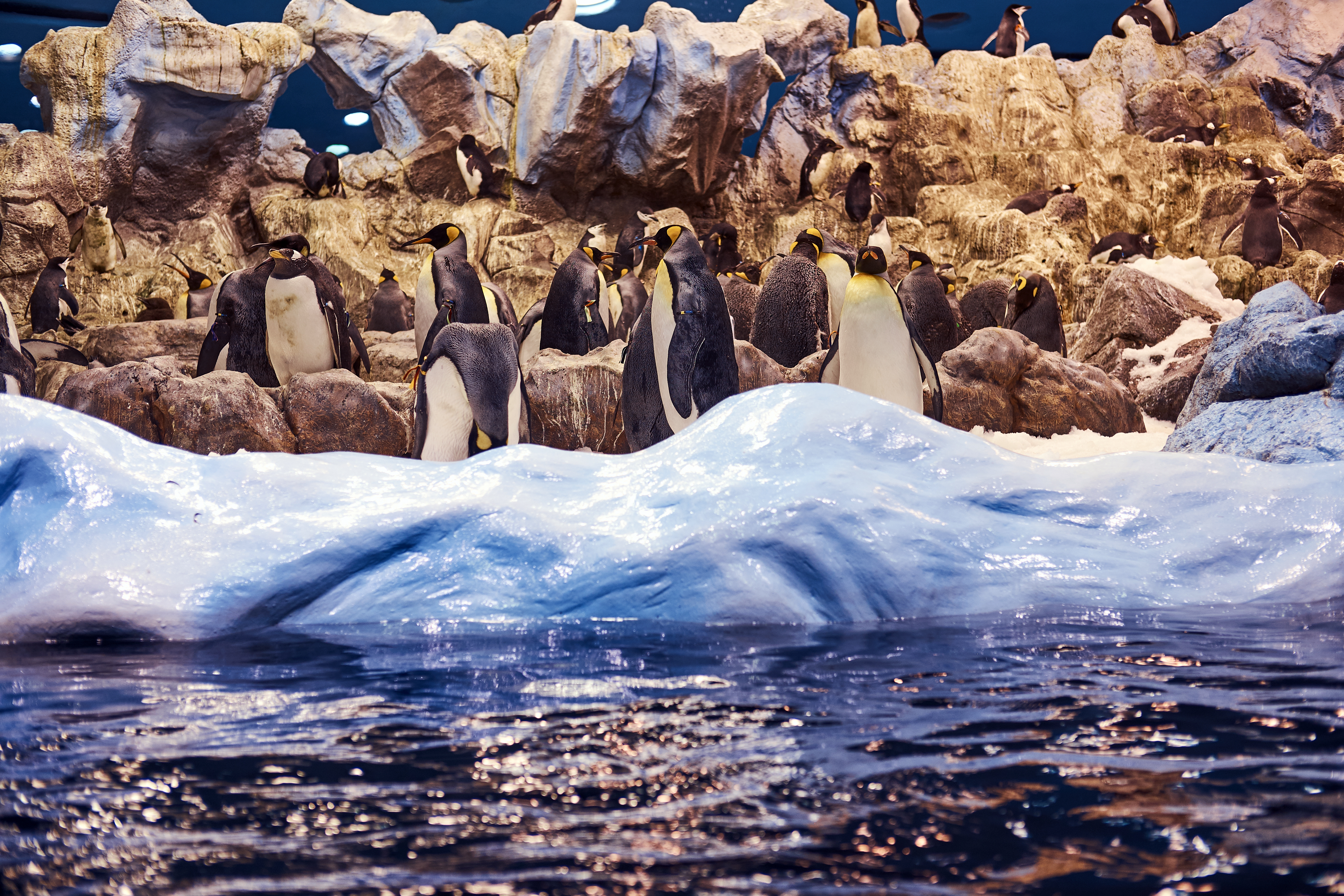
The Emperor Penguin, the largest of all penguin species, epitomizes resilience in the frigid landscapes of Antarctica. These flightless birds endure some of the most extreme conditions on Earth, where temperatures can drop to -60 degrees Celsius and winds reach speeds of over 100 kilometers per hour. Emperor Penguins have evolved a suite of adaptations to survive such harsh environments. Their dense feathers and thick layer of blubber provide insulation against the cold, while their unique huddling behavior conserves heat and protects against the relentless winds. During the breeding season, male penguins fast for up to four months, relying on stored body fat to sustain them while they incubate their eggs in the harshest winter conditions. The Emperor Penguin's ability to dive to depths of over 500 meters in search of food further exemplifies its extraordinary resilience. These adaptations enable the Emperor Penguin to thrive in an environment where few others can survive, showcasing the incredible adaptability of life on Earth.
4. The Sahara Silver Ant - Speed and Survival
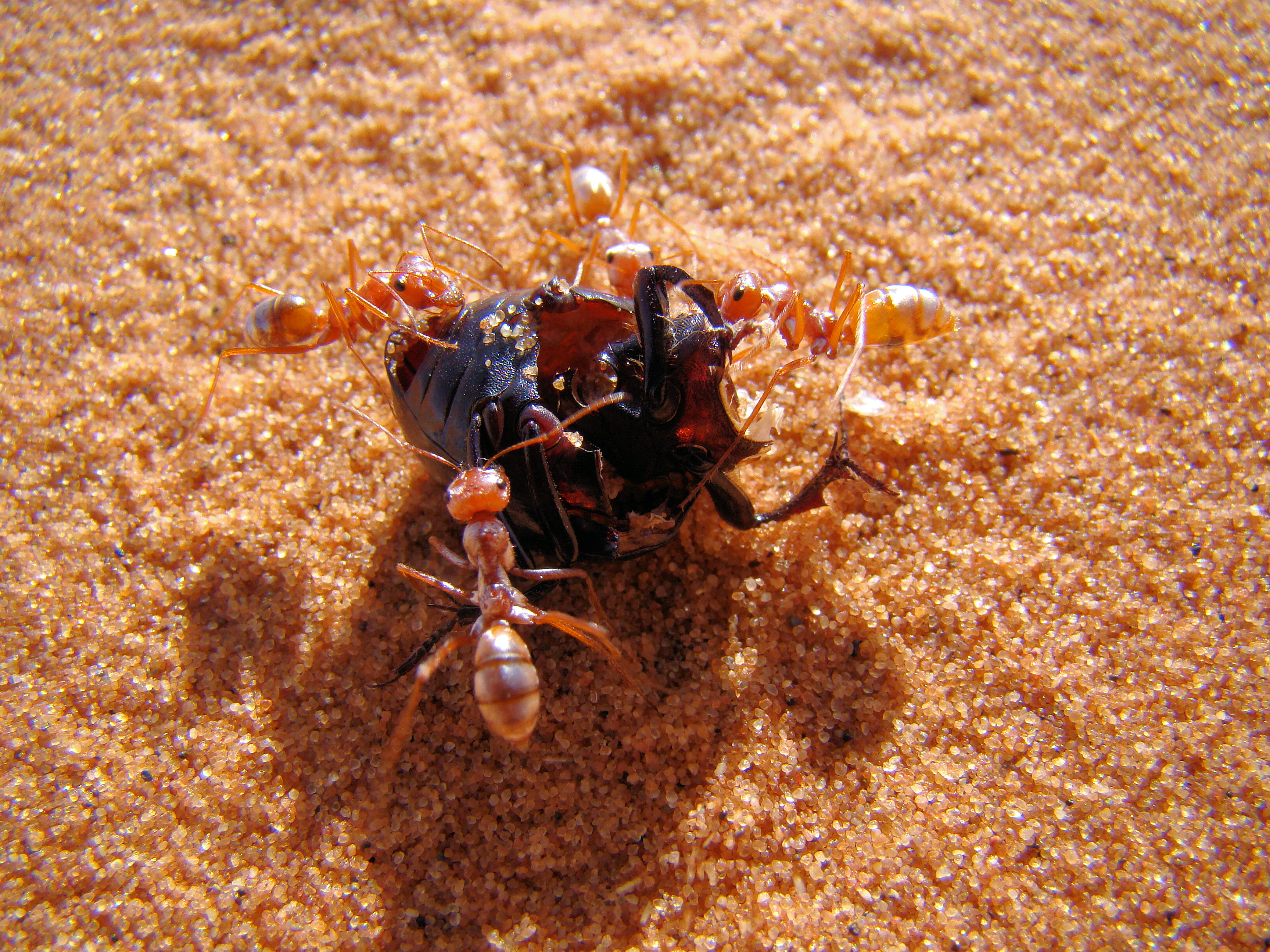
The Sahara Silver Ant is a testament to the power of speed and adaptation in the face of extreme heat. Found in the scorching deserts of North Africa, these ants have evolved to withstand surface temperatures exceeding 60 degrees Celsius, the highest known tolerance of any terrestrial animal. Their survival strategy hinges on their ability to move quickly, minimizing exposure to the searing desert heat. With long legs and a highly reflective, silver-colored exoskeleton, they are adapted to reflect sunlight and reduce body temperature. The ants' foraging expeditions are meticulously timed to coincide with the hottest part of the day when predators are least active, reducing competition for food. This remarkable adaptation not only ensures their survival but also their dominance in one of the planet's most inhospitable environments. The Sahara Silver Ant's ability to thrive in such extreme conditions underscores the incredible diversity of life and the myriad ways organisms can adapt to their surroundings.
5. The Tardigrade - The Indestructible Microscopic Marvel
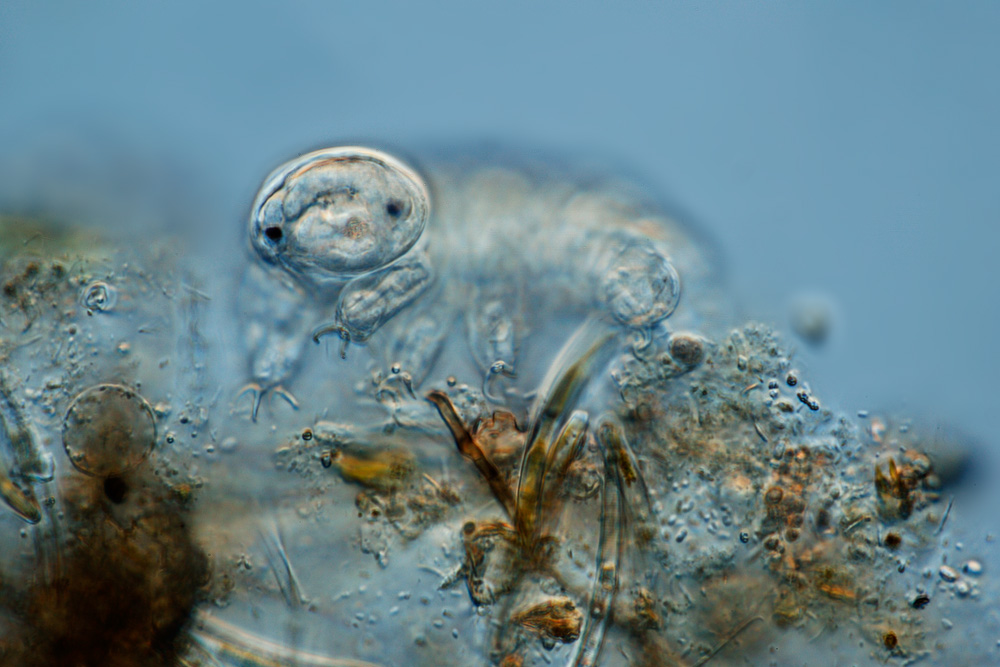
Tardigrades, often called "water bears," are microscopic creatures that have captured scientists' fascination due to their extraordinary resilience. These tiny organisms can survive extreme temperatures, radiation, and even the vacuum of space. Tardigrades achieve this through a process known as cryptobiosis, in which they enter a state of suspended animation, effectively halting their metabolism and protecting their cellular structures. This ability allows them to endure conditions lethal to most other life forms. Tardigrades have been found in some of the most extreme environments on Earth, from the deepest ocean trenches to the highest mountain peaks. Their resilience is further demonstrated by their ability to survive without water for decades, reanimating when conditions become favorable. The study of tardigrades offers valuable insights into the limits of life and the potential for survival beyond Earth, highlighting the remarkable adaptability of even the smallest creatures.
6. The Snow Leopard - Ghost of the Mountains
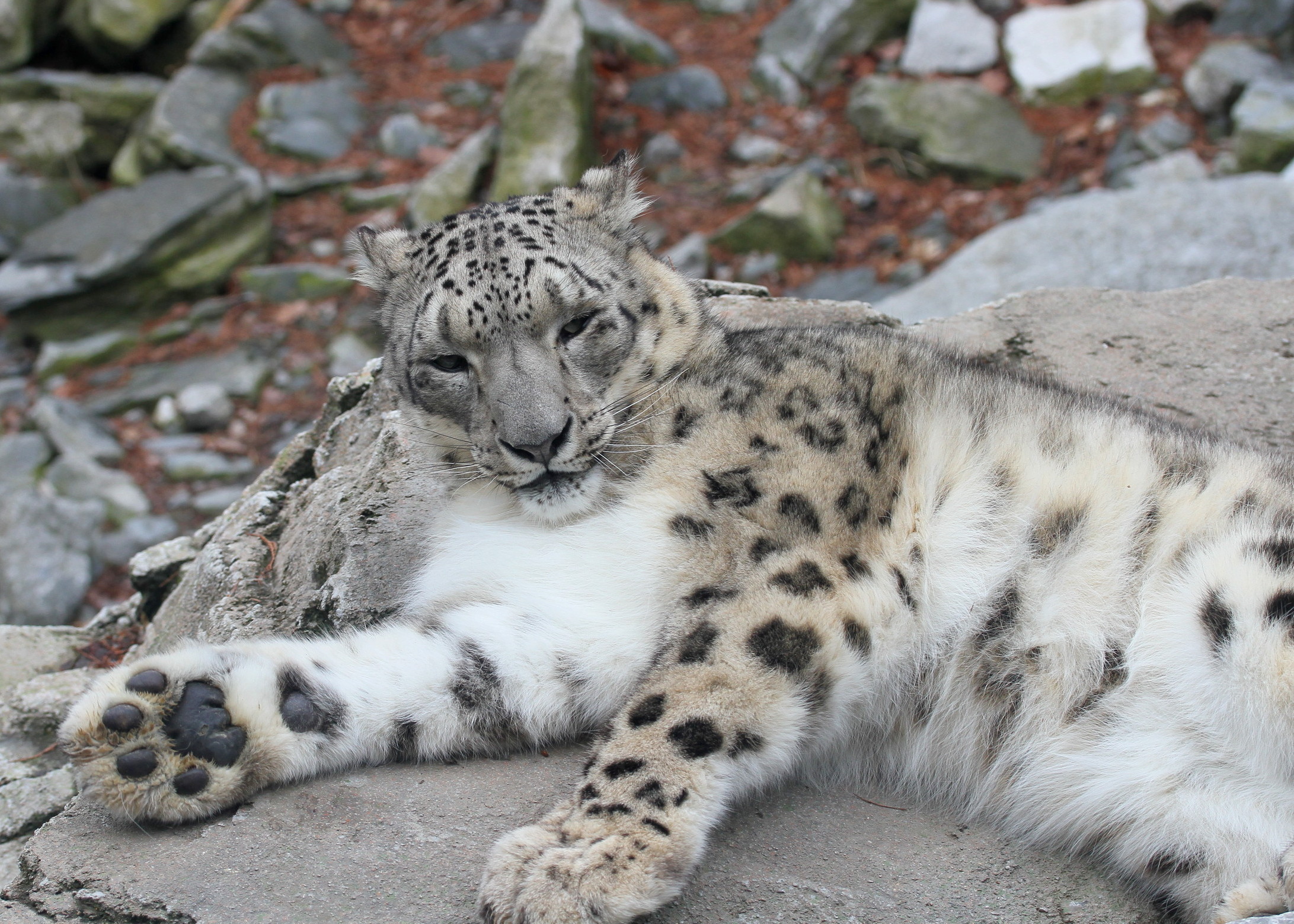
The Snow Leopard, often referred to as the "ghost of the mountains," is an elusive predator that inhabits the rugged mountain ranges of Central and South Asia. These majestic big cats are perfectly adapted to their cold, mountainous environment, with thick fur and a long tail for balance and warmth. Snow Leopards are solitary and highly elusive, making them difficult to study in the wild. Their powerful legs and large paws enable them to navigate steep and rocky terrain with ease, while their keen eyesight and hearing make them formidable hunters. Snow Leopards have a specialized diet, primarily preying on mountain ungulates such as ibex and blue sheep. Despite their adaptations, Snow Leopards face numerous threats, including habitat loss and poaching. Conservation efforts are underway to protect these magnificent creatures and their habitats, ensuring their survival for future generations. The Snow Leopard's resilience and adaptability are a powerful reminder of the delicate balance of life in extreme environments.
7. The Kangaroo Rat - Desert's Ingenious Inhabitant
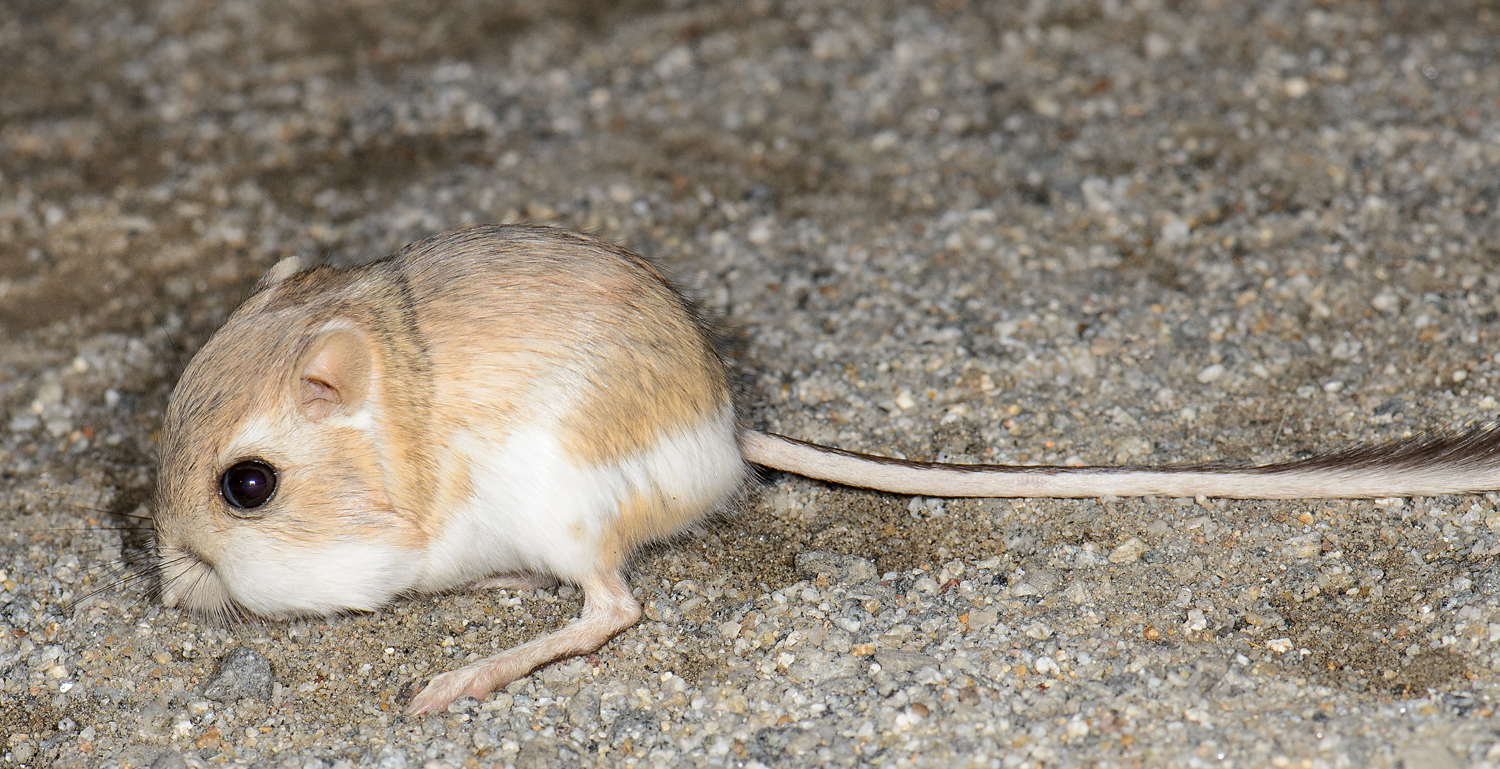
The Kangaroo Rat, a small rodent native to the deserts of North America, is a master of water conservation. These remarkable creatures have evolved adaptations to thrive in arid environments where water is scarce. Kangaroo Rats obtain all the moisture they need from their food, primarily seeds, and have highly efficient kidneys that concentrate urine to minimize water loss. Their nocturnal behavior reduces exposure to the hot desert sun, while their burrows provide shelter from extreme temperatures. Kangaroo Rats are also known for their incredible jumping ability, which allows them to evade predators with ease. These adaptations not only ensure their survival but also their ability to play a vital role in the desert ecosystem. By dispersing seeds and aerating the soil, Kangaroo Rats contribute to the health and sustainability of their environment. Their resilience and ingenuity highlight the incredible diversity of life in the desert and the complex interplay of species within these harsh landscapes.
8. The Alaskan Wood Frog - Frozen Yet Alive
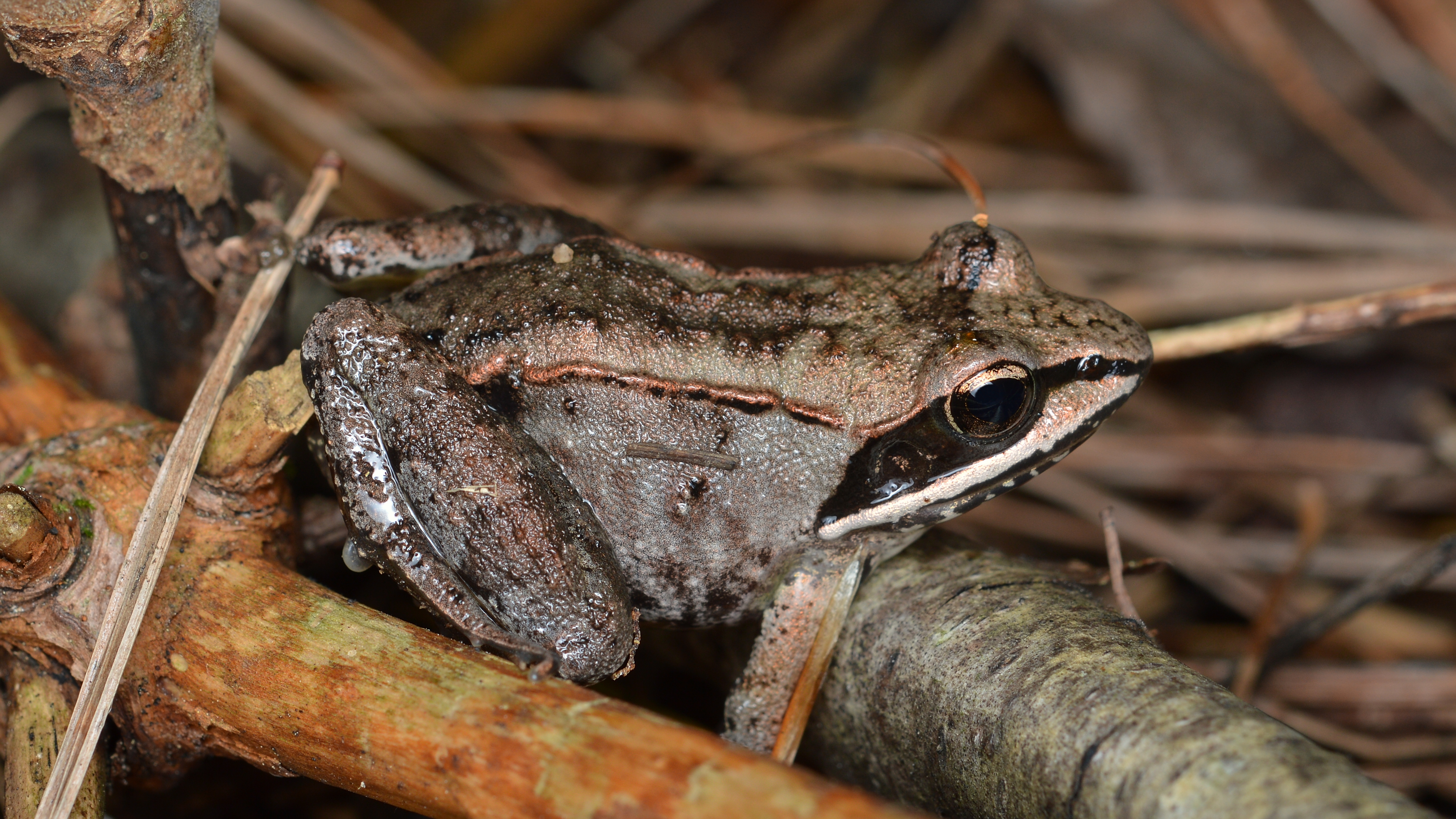
The Alaskan Wood Frog is a remarkable example of nature's ability to defy the odds. Found in the subarctic regions of North America, these frogs have developed a unique adaptation that allows them to survive being frozen solid during the winter months. As temperatures drop, the Alaskan Wood Frog's body undergoes a process known as cryoprotection, in which its organs are protected by glucose that acts as an antifreeze. This adaptation allows the frog's body to freeze without suffering cellular damage, effectively putting its life processes on hold until spring thaw. Upon thawing, the frog reanimates and resumes its normal activities, a process that has fascinated scientists and inspired research into cryopreservation. The Alaskan Wood Frog's ability to survive freezing temperatures showcases the incredible adaptability of life and the potential for new discoveries in biology. This remarkable creature serves as a reminder of the resilience and ingenuity of nature in the face of extreme conditions.
9. The Dromedary Camel - Adaptation in Action
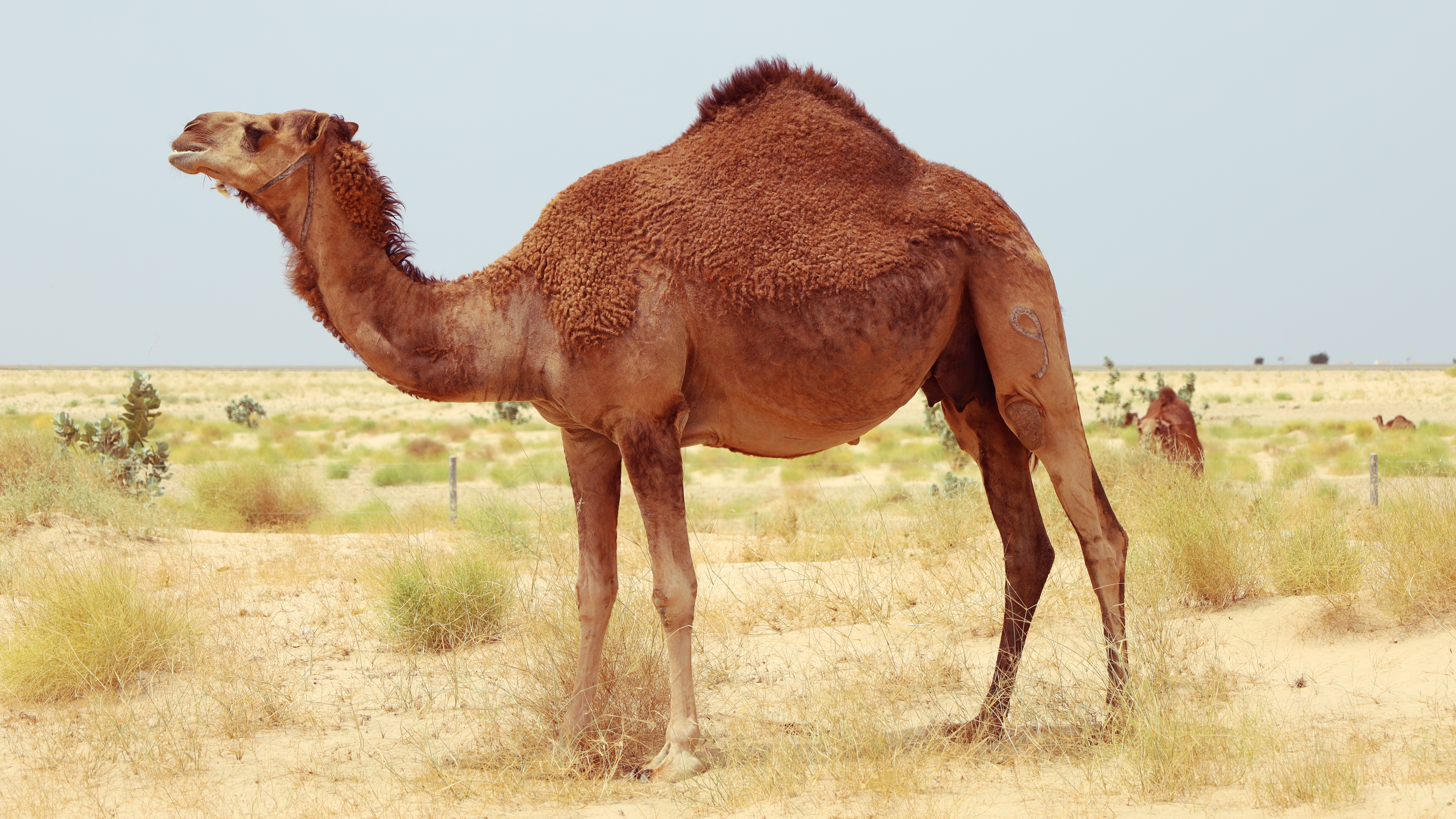
The Dromedary Camel, with its single hump, is a symbol of endurance in the harsh deserts of the Middle East and North Africa. These camels have evolved adaptations allowing them to survive in environments where water and food are scarce. Their humps store fat, which can be converted into energy and water when resources are limited. Dromedary Camels have a highly efficient cooling system, allowing them to withstand extreme temperatures without overheating. Their long legs and padded feet enable them to traverse hot sands with ease, while their thick eyelashes and closable nostrils protect against sandstorms. These adaptations not only ensure their survival but also their ability to support human life in desert regions, highlighting the camel's integral role in the ecosystem. The Dromedary Camel's resilience and adaptability testify to the power of evolution and the incredible diversity of life in extreme environments.
10. The Andean Condor - Soaring Above the Clouds
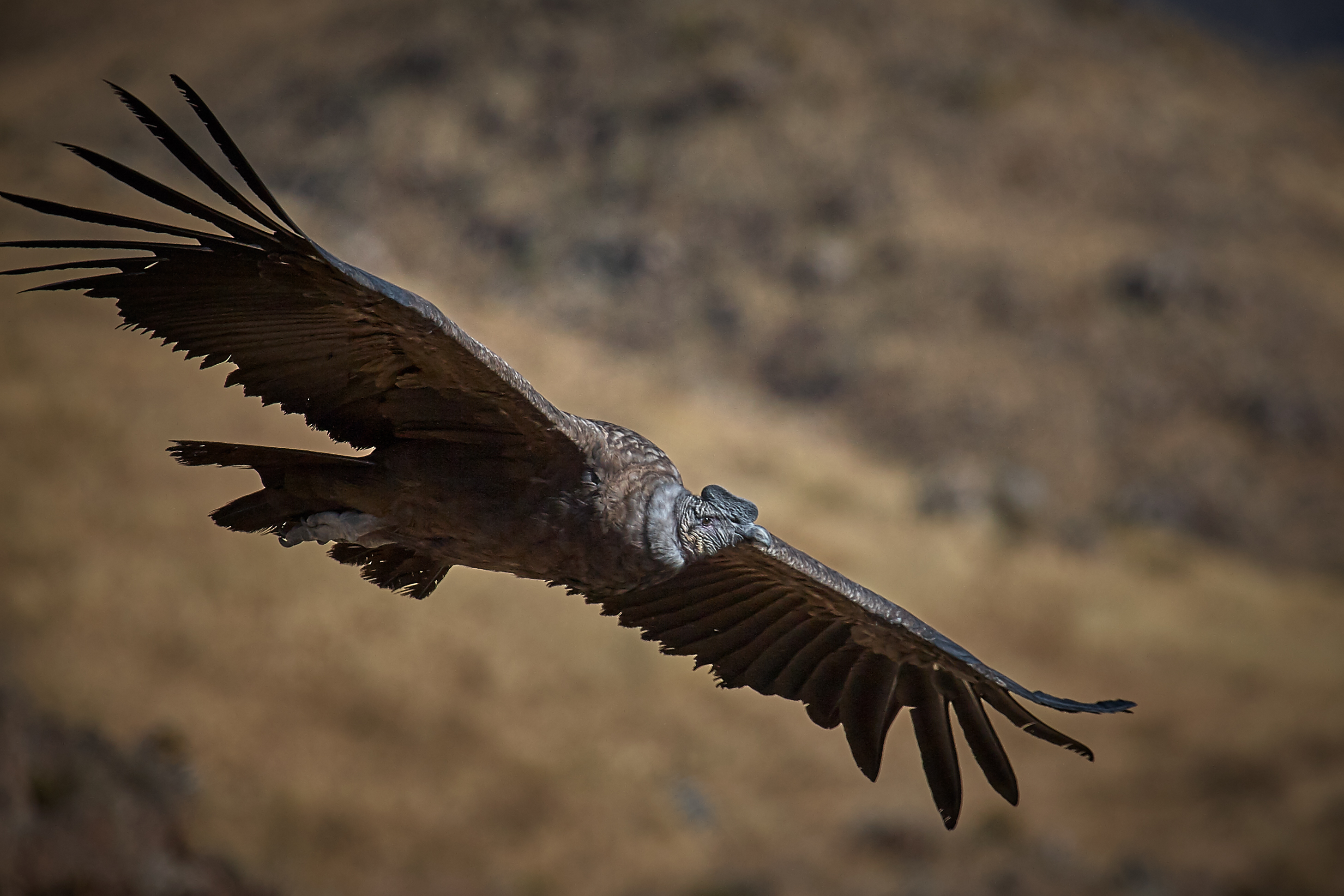
The Andean Condor, one of the largest flying birds in the world, is a master of the high-altitude regions of the Andes Mountains. With a wingspan of up to 3.3 meters, these majestic birds are perfectly adapted to soaring above the rugged terrain, using thermal updrafts to conserve energy during flight. The Andean Condor's keen eyesight allows it to spot carrion from great distances, making it an efficient scavenger in an environment where food can be scarce. These birds play a crucial role in the ecosystem by helping to control disease and maintain the balance of their habitat. Despite their adaptations, Andean Condors face numerous threats, including habitat loss and poisoning. Conservation efforts are underway to protect these magnificent creatures and ensure their survival for future generations. The Andean Condor's resilience and adaptability are a powerful reminder of the delicate balance of life in extreme environments and the importance of conservation in preserving biodiversity.
As we reflect on the remarkable stories of these 10 resilient creatures, we are reminded of the incredible adaptability and ingenuity of life on Earth. Each species, with its unique adaptations, offers valuable insights into the complex interplay of biology and environment. These creatures survive and thrive in some of the harshest conditions on the planet, showcasing the power of evolution and the resilience of nature. Their stories inspire us to appreciate the diversity of life and the delicate balance of ecosystems that support it. As we face the challenges of a changing world, these resilient creatures serve as a testament to the strength and adaptability of life, offering hope and inspiration for the future. By studying and protecting these remarkable species, we can learn valuable lessons about sustainability, conservation, and the interconnectedness of all living things. In celebrating the resilience of nature, we are reminded of our responsibility to protect and preserve the incredible diversity of life on Earth.







